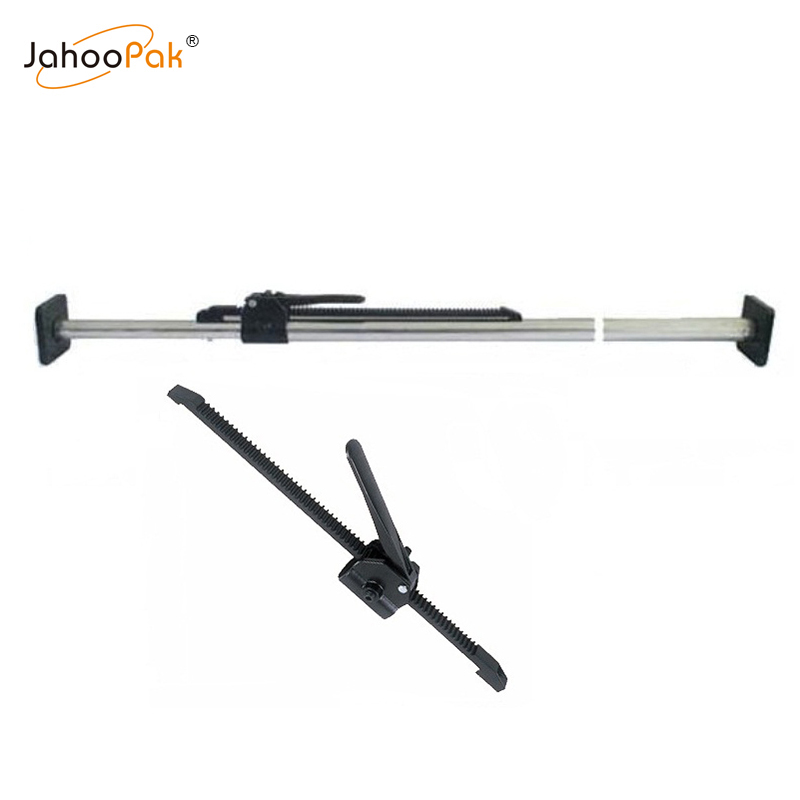A cargo bar, also known as a load bar or lash bar, is a device used in trucks, trailers, and shipping containers to secure cargo and prevent shifting during transport. Here are some key advantages of using a cargo bar:
1. Prevents Cargo Shifting
- Keeps goods in place, reducing the risk of damage from movement during transit.
- Especially useful for fragile or unevenly distributed loads.
2. Enhances Safety
- Reduces the chance of cargo falling and causing accidents.
- Prevents sudden weight shifts that could affect vehicle stability.
3. Easy to Use & Adjustable
- Most cargo bars are telescopic, allowing quick adjustment to fit different widths.
- No special tools required—simply extend and lock into place.
4. Cost-Effective
- Cheaper than installing permanent cargo barriers.
- Reusable and durable, providing long-term value.
5. Versatile Applications
- Works in trucks, vans, trailers, and shipping containers.
- Can be used horizontally or vertically (depending on design).
6. Improves Load Organization
- Helps compartmentalize cargo, making loading/unloading easier.
- Can be used alongside straps and nets for extra security.
7. Lightweight & Portable
- Easy to store when not in use.
- Some models are foldable for compact storage.
8. Reduces Liability Risks
- Proper load securing minimizes the risk of fines for unsafe transport practices.
- Helps comply with transportation safety regulations (e.g., DOT, OSHA).
Common Types of Cargo Bars:
- Ratchet Cargo Bars – Provide extra tension with a ratcheting mechanism.
- Friction Cargo Bars – Use pressure to stay in place (simple and common).
- E-Track Cargo Bars – Designed to fit into E-track systems for added stability.
Best For:
- Moving companies
- Trucking & logistics
- Delivery vans
- DIY hauling












